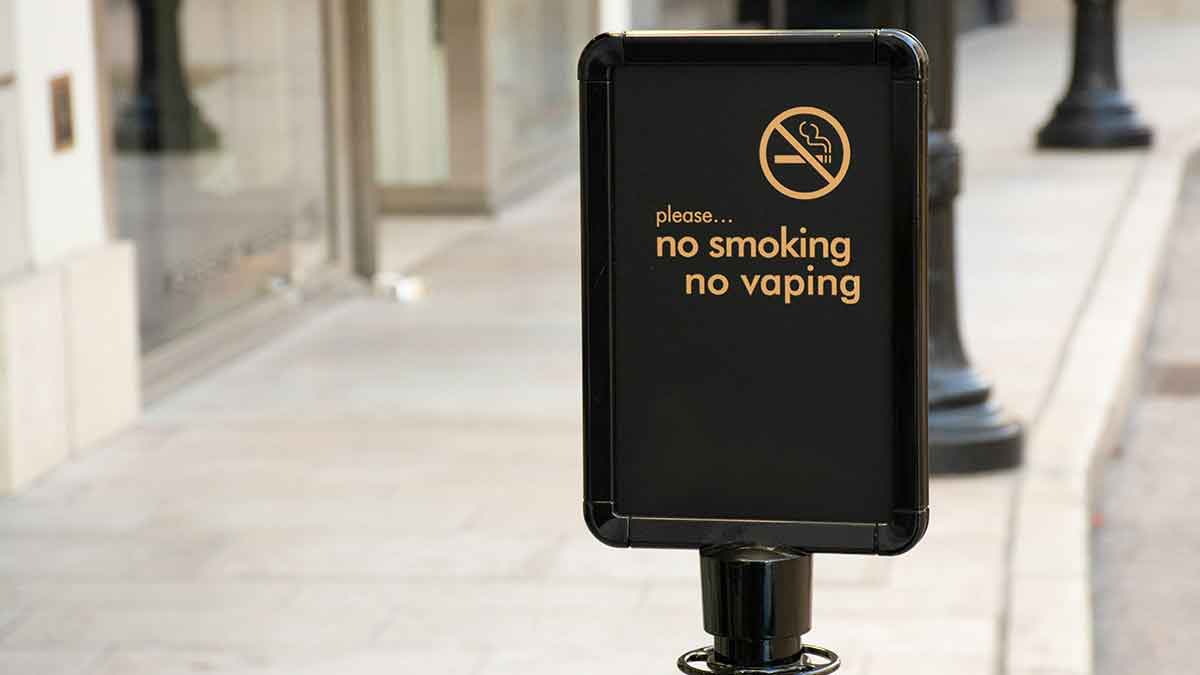- Resources
- News
-
-
Get Email Updates
Sign up for STOP's emails and never miss an update on our latest work and the tobacco industry's activity.
-
Get Funding
Ready to tackle industry interference? You could be eligible for a grant.
-
Share a Tip
Do you have information on tobacco industry misconduct in your country? Let us know.
-
Get Email Updates

(This review was written by Anna B. Gilmore, PhD, MSc, Professor of Public Health and Director, Tobacco Control Research Group at the University of Bath. It has been submitted online at Qeios.)
(Bath, United Kingdom, April 27, 2020) – There are several concerns with the Miyara et al. French study linking nicotine to positive COVID-19 outcomes, some of which have been identified by those submitting peer reviews online (available alongside the paper).
If one wants to understand the risk of smokers/non-smokers acquiring disease, there are more appropriate study designs to use. These may, understandably, have been difficult to use at this time. Nevertheless, to draw such firm conclusions which differ substantially from the other emerging literature based on the weak evidence of this one study without consideration of the following limitations seems inappropriate.
Key issues include the following:
- Many of the cases are health care workers (a fact only acknowledged in the discussion). Health care workers are most likely to acquire the infection in hospital rather than in the community. The study can therefore say little about community acquisition of COVID-19. Further, as health care workers have low rates of smoking and cannot smoke in the hospital, this study can little about the very topic it purports to study—whether smoking influences the risk of COVID-19 within the population.
- The study’s estimates of current smoking among patients with COVID are likely to be artificially low because:
- Many of the cases were in health care staff who often have lower rates of smoking;
- The most severe cases (those admitted to ICU) were excluded, yet there is evidence that smoking is associated with severe disease.
- The study was in an area with below-average smoking rates for France.
- Smoking status was based on self-reported survey questions, which tend to underestimate smoking status due to social desirability bias. Furthermore, during a health crisis where hospital beds and access to ITU may be rationed based on potential for positive outcome there may be a particular incentive to report as an ex- rather than current-smoker.
- While the proportion of current smokers (34/482, 7%)[i] is lower than in the French population as a whole (32%), the study ignores the fact that the proportion of ex-smokers (285/482, 59%) is much higher (31.4%). As such, the proportion of “ever smokers” (current and ex-smokers combined) in the study (66%) is broadly in line with the French population (63%).[ii] Yet:
- The authors make no comment on this issue. While the underlying numbers are presented in the table, the authors do not calculate the prevalence of ex- or ever-smoking, nor compare these levels to the French population, thus overlooking a significant weakness in the study.
- Given both the incentives to self-report as an ex-smoker (see 2d), the unexpectedly low current smoking yet high ex-smoking rates, it seems inappropriate to compare just current smoking rates with the French population.
- It is known that ex-smokers and particularly those who recently quit are likely to use nicotine. Yet the study makes no attempt to determine whether the ex-smokers are using nicotine. Given the high proportion of ex-smokers in the study with COVID-19, it seems wholly inappropriate to suggest that nicotine, yet alone smoking, are protective without first obtaining this information. This is particularly the case when this hypothesis goes against more widely accepted hypotheses (for which there is arguably more evidence) that smoking (both active and former smoking) and nicotine increase the expression of the ACE-2 receptors through which the virus enters cells. Indeed one study finds that former smokers may be especially susceptible. It has also been hypothesised that nicotine might increase the risk of neuroinfection.
These significant biases and weaknesses are under-explored and under-played in the paper with authors tending to overstate their findings and do not examine how the findings of this study differ to other studies and arguably more established hypotheses on this topic. This has undoubtedly contributed to the way in which this study has been taken out of context by the press.
[i] This includes active (22) and occasional (12) smokers
[ii] Based on 2018 data for France (Figure 1 in http://beh.santepubliquefrance.fr/beh/2019/15/2019_15_1.html)
About STOP (Stopping Tobacco Organizations and Products)
STOP is a global tobacco industry watchdog whose mission is to expose the tobacco industry strategies and tactics that undermine public health. STOP is funded by Bloomberg Philanthropies and is a partnership between The Tobacco Control Research Group at the University of Bath, The Global Center for Good Governance in Tobacco Control (GGTC), the International Union Against Tuberculosis and Lung Disease (The Union) and Vital Strategies. For more information, visit exposetobacco.org.


